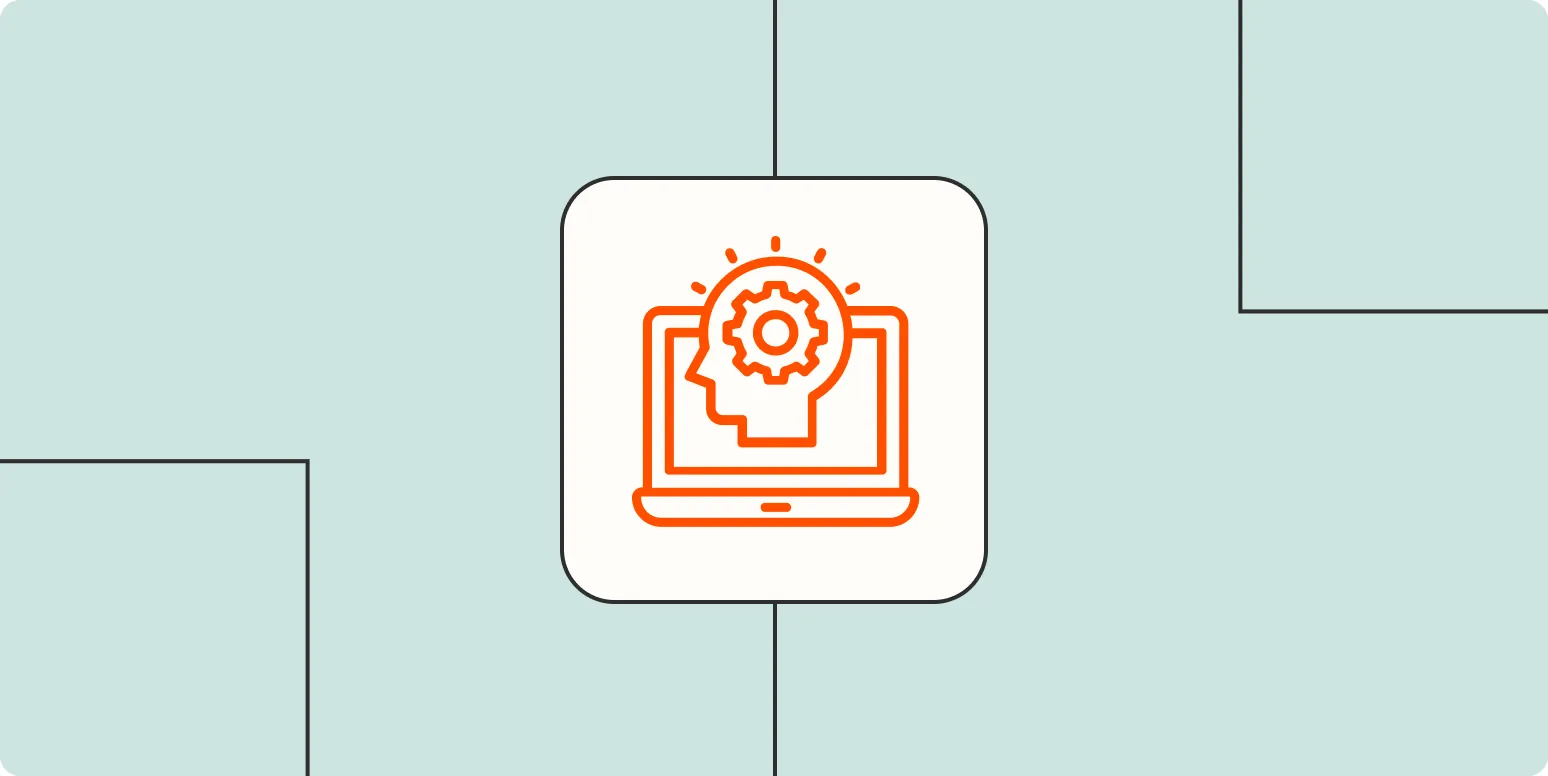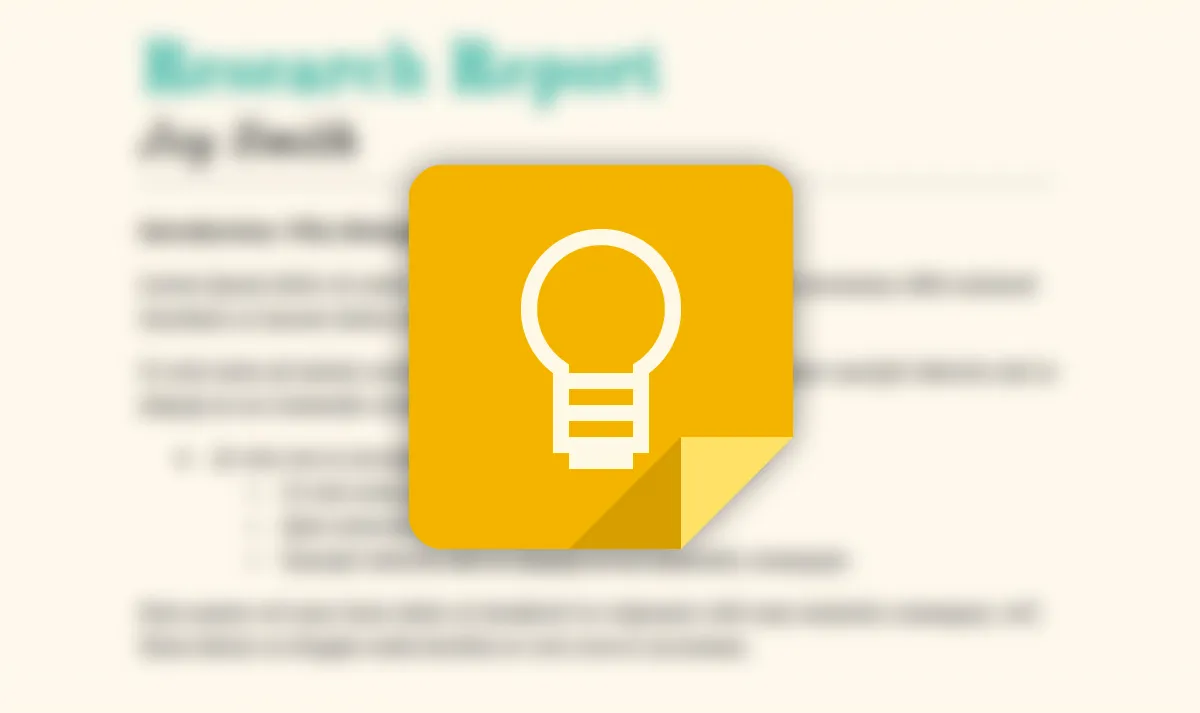The Early Days of Human-AI Collaboration
The journey of human-AI collaboration dates back several decades, with roots in early computing and automation. Initially, AI systems were designed to perform specific tasks, such as data processing and simple problem-solving. This era was characterized by rule-based systems that relied heavily on human input. Early adopters of AI technology began to see the potential for enhancing productivity and efficiency, although the collaboration was minimal, primarily limited to data entry and basic analysis.
The Rise of Machine Learning
With the advent of ''machine learning'', the landscape of human-AI collaboration began to shift dramatically. Machine learning algorithms enabled computers to learn from data and improve their performance over time without explicit programming. This evolution allowed AI systems to assist humans in more complex tasks, such as image and speech recognition. Businesses began to leverage these technologies to enhance customer experiences, streamline operations, and unlock valuable insights from large datasets.
The Integration of Natural Language Processing
As ''natural language processing (NLP)'' technologies advanced, human-AI collaboration took on new dimensions. AI systems became capable of understanding and generating human language, making them invaluable tools for communication and content creation. This led to the emergence of chatbots and virtual assistants, which enhanced customer service and engagement. Companies started employing AI to analyze customer feedback, identify trends, and personalize marketing strategies, exemplifying the synergy between human creativity and AI efficiency.
AI in Content Creation
In recent years, we have witnessed an explosion in the use of AI for ''content creation''. Tools powered by AI can now generate articles, create social media posts, and even assist in video production. This shift has democratized content creation, allowing individuals and businesses to produce high-quality content at scale. For example, platforms utilizing AI can analyze audience preferences, optimize headlines, and suggest topics, ensuring that the content resonates with the target audience.
Below is a table summarizing key milestones in the evolution of human-AI collaboration:
| Year | Milestone | Description |
|---|---|---|
| 1956 | Dartmouth Conference | Marked the birth of AI as a field of study. |
| 1997 | Deep Blue | IBM's chess-playing computer defeated world champion Garry Kasparov. |
| 2011 | Siri Launch | Apple introduced Siri, a voice-activated personal assistant. |
| 2018 | GPT-2 Release | OpenAI released a powerful language generation model. |
| 2020 | AI in Creative Domains | AI began generating art, music, and literature. |
The Role of AI in Marketing
The ''marketing landscape'' has also been transformed by AI technologies. Marketers now utilize AI to analyze consumer behavior, segment audiences, and tailor campaigns for maximum impact. Tools powered by AI can predict trends, automate ad placements, and optimize ''referrerAdCreative'', ensuring that marketing efforts are both efficient and effective. This level of sophistication allows businesses to deliver personalized experiences, increasing engagement and conversion rates.
Challenges and Ethical Considerations
Despite the numerous advantages of human-AI collaboration, several challenges persist. Issues surrounding data privacy, algorithmic bias, and ethical AI usage have become focal points for organizations and policymakers. As AI systems become more integrated into decision-making processes, ensuring transparency and accountability is paramount. Businesses must navigate these challenges while fostering innovation and maintaining consumer trust.
The Future of Human-AI Collaboration
Looking ahead, the future of human-AI collaboration is promising. As AI continues to evolve, we can expect more sophisticated interactions between humans and machines. Emerging technologies, such as ''reinforcement learning'' and ''explainable AI'', aim to create systems that not only perform tasks but also understand the rationale behind their actions. This will enhance collaboration by allowing humans to trust and verify AI decisions more effectively.
The intersection of AI and creative industries will likely produce even more groundbreaking results. AI-generated content will become increasingly indistinguishable from human-created works, raising questions about authorship and originality. However, the true value will lie in the partnership between human intuition and AI’s computational power, leading to innovative solutions and creative breakthroughs.
Conclusion
In conclusion, the evolution of human-AI collaboration has been a remarkable journey, marked by significant milestones and transformative advancements. As businesses continue to harness the power of AI, the focus must remain on fostering responsible and ethical practices. By embracing the collaborative potential of AI, we can unlock new opportunities, enhance productivity, and ultimately, shape a brighter future.





